
+86-592-5066207
[email protected]


This test uses a gaussmeter to measure the flux density of a magnet at a determined distance. Typically, the measurement is made either at the magnet's surface, or at the distance at which the flux will be used in the magnetic circuit. Flux density testing verifies that the magnet material used for our custom magnets will perform as predicted when the measurement matches the calculated values.
The image measuring instrument can help us to check the size and control the tolerance well.


A Helmholtz coil is a pair of coils, each with known number of turns, placed at a determined distance from the magnet being tested. When a permanent magnet of known volume is placed at the center of both coils, the magnetic flux of the magnet produces a current in the coils which can be related to a measurement of flux (Maxwells) based on the displacement and number of turns. By measuring the displacement caused by the magnet, the magnet volume, the permeance coefficient, and the recoil permeability of the magnet, we can determine values such as Br, Hc, BHmax and the orientation angles.
A permeameter can be used to trace all or a portion of the hysteresis loop of a material. A sample of the material to be tested is magnetized to saturation and then demagnetized while the flux output is measured and plotted in a closed-circuit condition. The resulting curve is the B-H curve for the material.
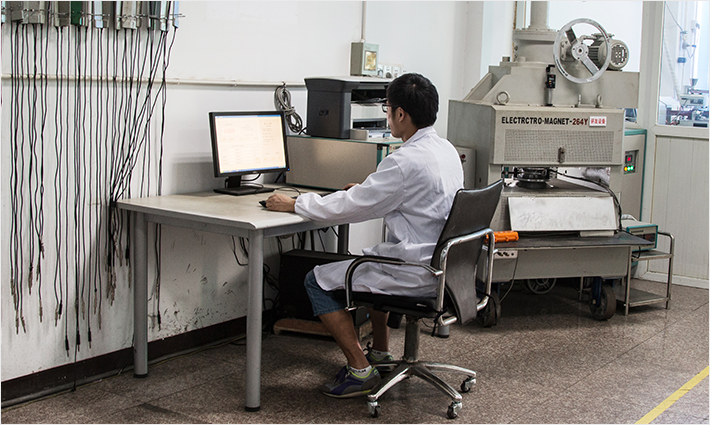
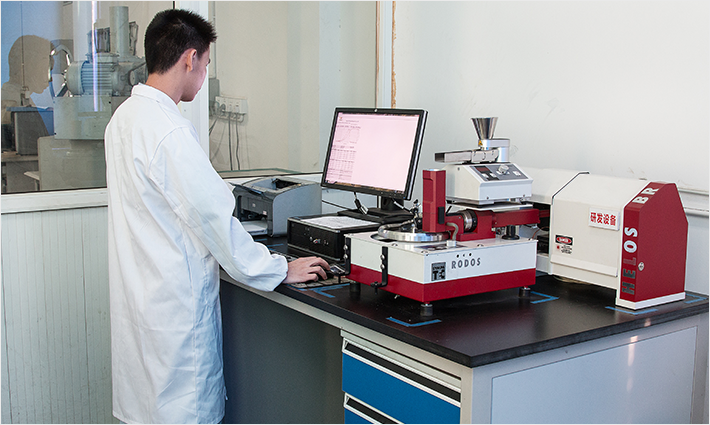
The laser granulometer provides precise grain size distribution curves of material particles, such as raw materials, bodies and ceramic glazes. Every measurement lasts a few seconds and reveals all the particles in a range size between 0.1 and 1000 micron.
The main features of HAST neodymium magnet is increasing the resistance of oxidation & corrosion and reducing the weight loss in testing and using.USA Standard: PCT at 121ºC±1ºC, 95% humidity, 2 atmospheric pressure for 96 hours, weight loss < 5-10mg/cm2 Europe Standard: PCT at 130 ºC±2ºC, 95% humidity, 3 atmospheric pressure for 168 hours, weight loss < 2-5mg/cm2
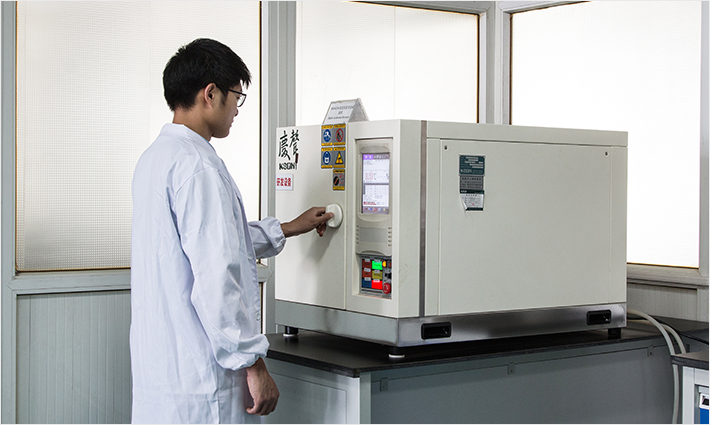
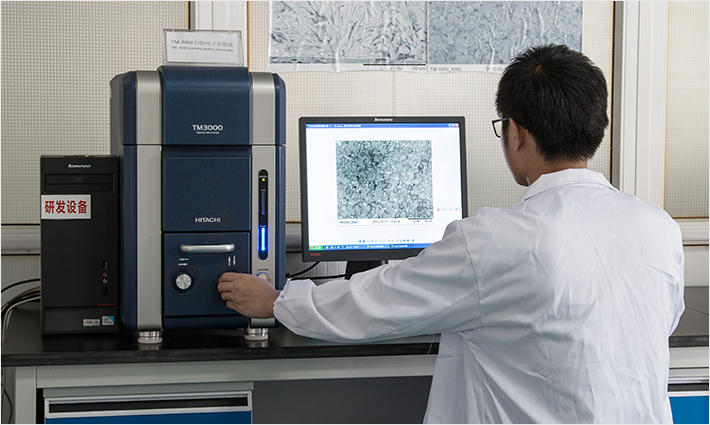
A scanning electron microscope (SEM) is a type of electron microscope that produces images of a sample by scanning it with a focused beam of electrons. The electrons interact with atoms in the sample, producing various signals that contain information about the sample's surface topography and composition.
The coating thickness detector can be used to test the coating quality ,different coating has different thickness request
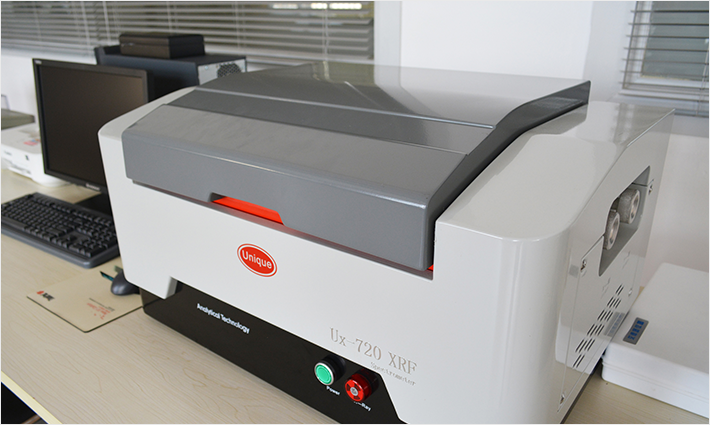
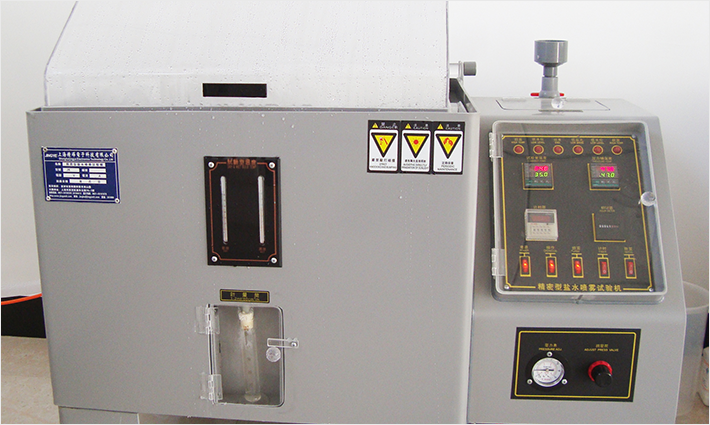
Refers to a surface of the magnets to assess the corrosion resistance of environmental test equipment use salt spray test created by artificial fog environmental conditions. Generally use a 5% aqueous solution of sodium chloride salt solution at neutral PH value adjustment range (6-7) as a spray solution. Test temperature were taken 35 ° C. The product surface coating corrosion phenomena take time to quantify.